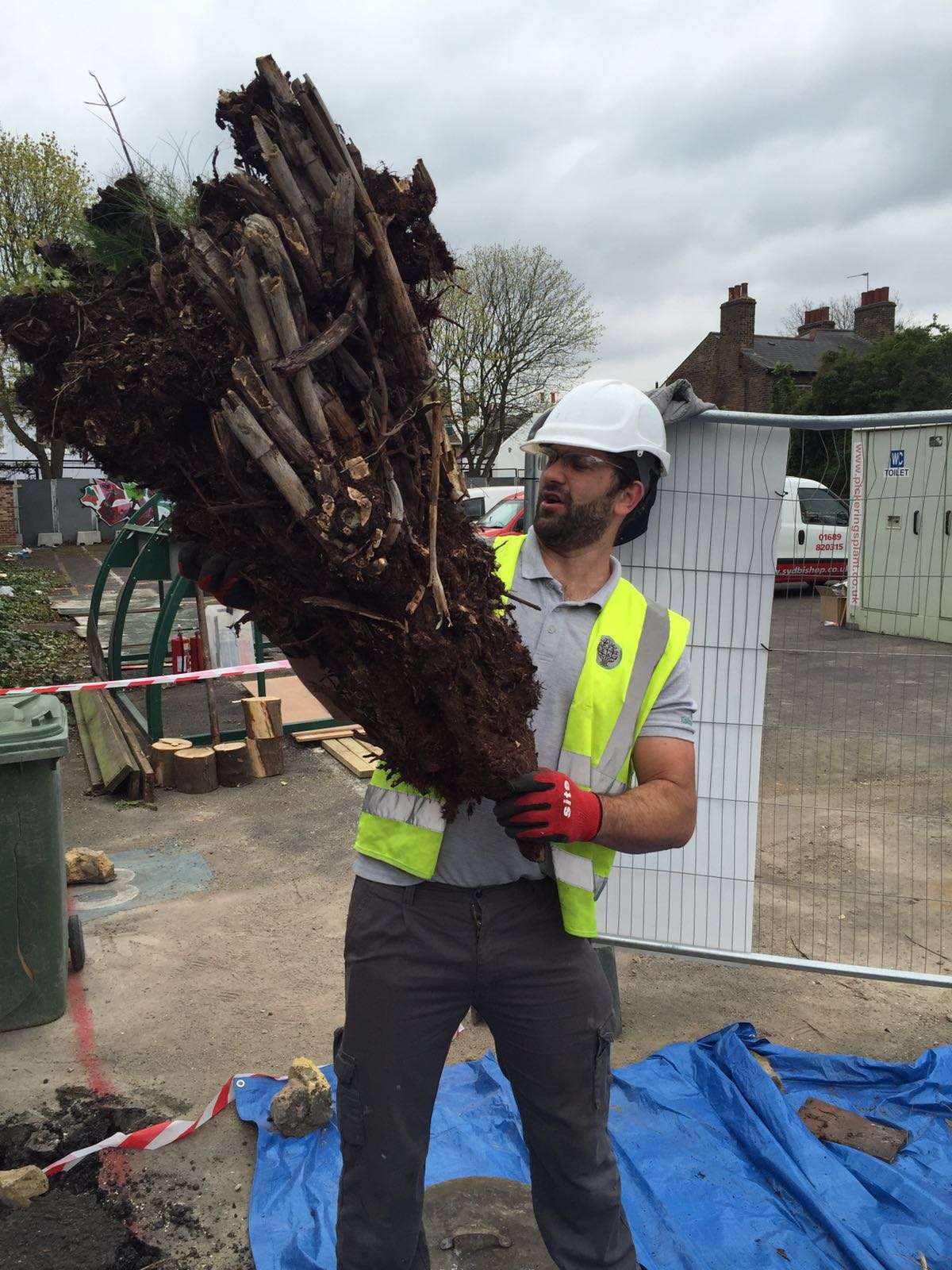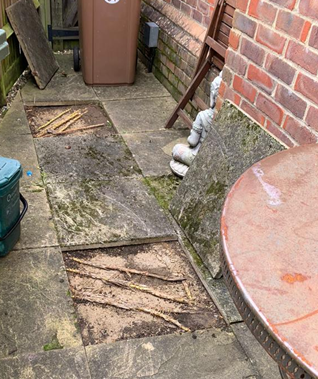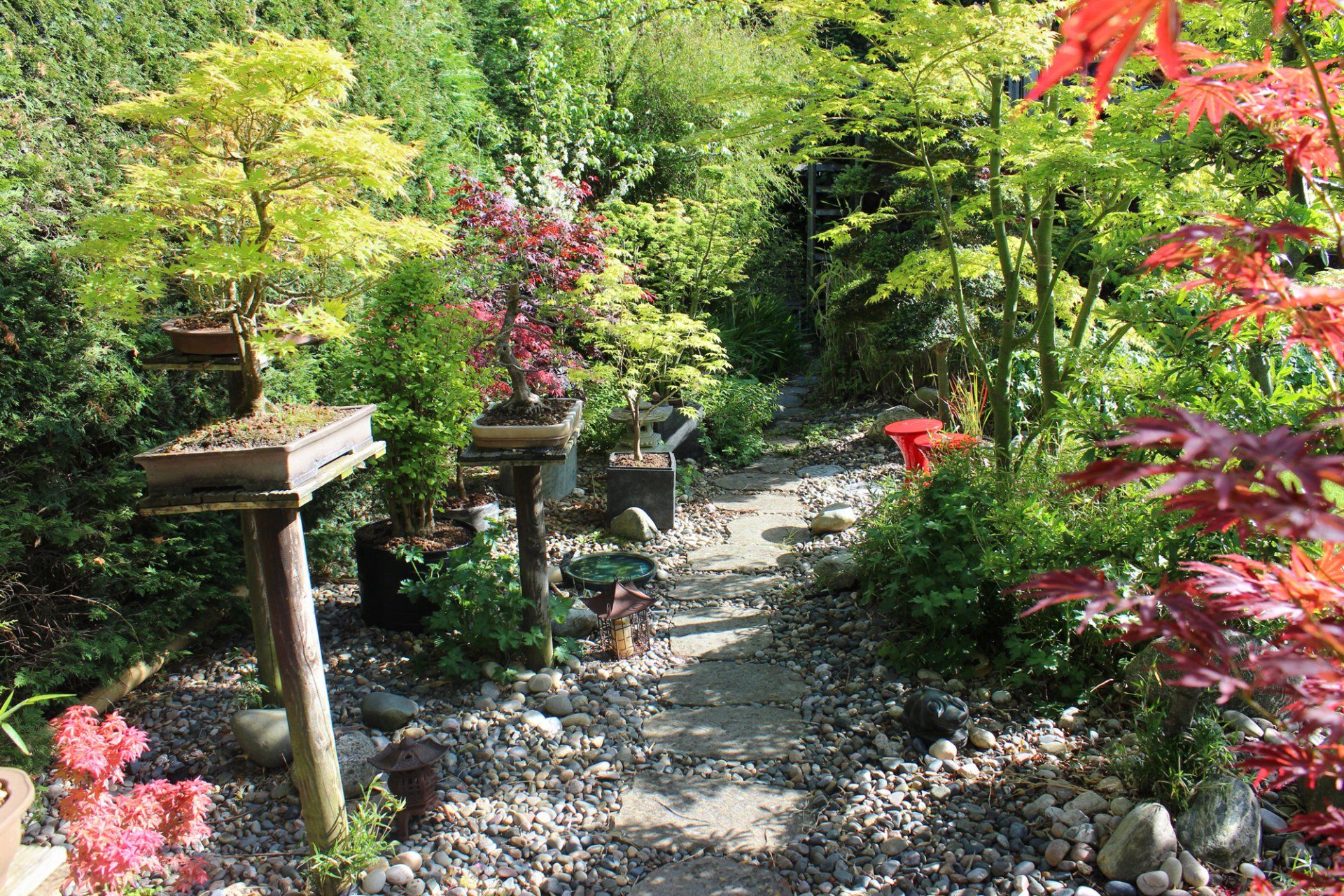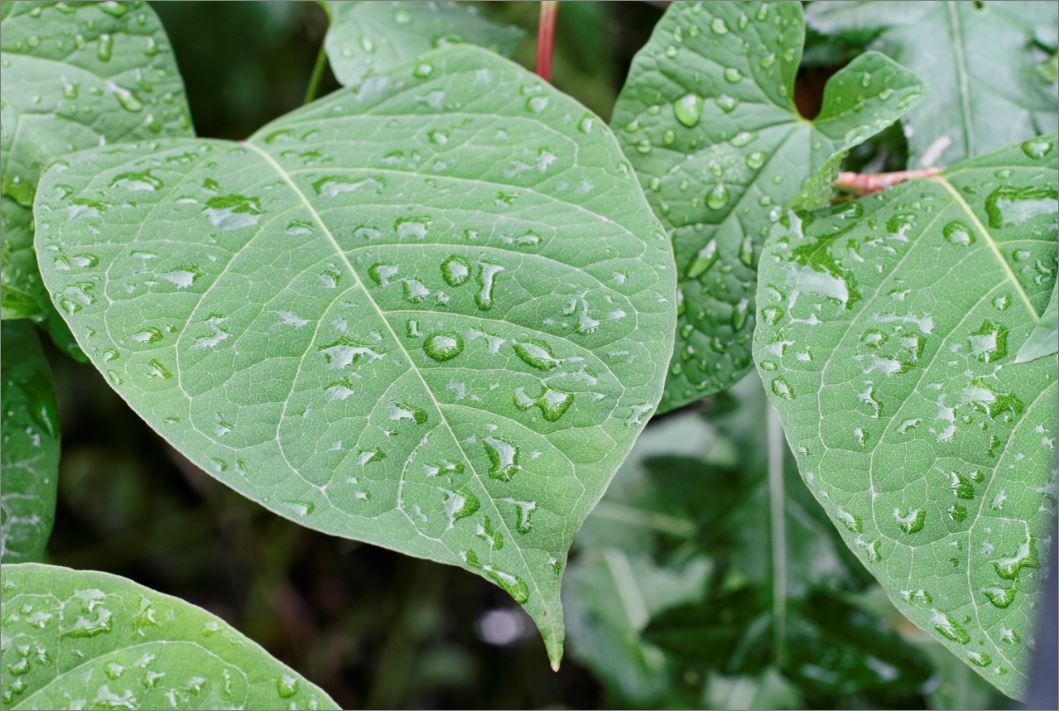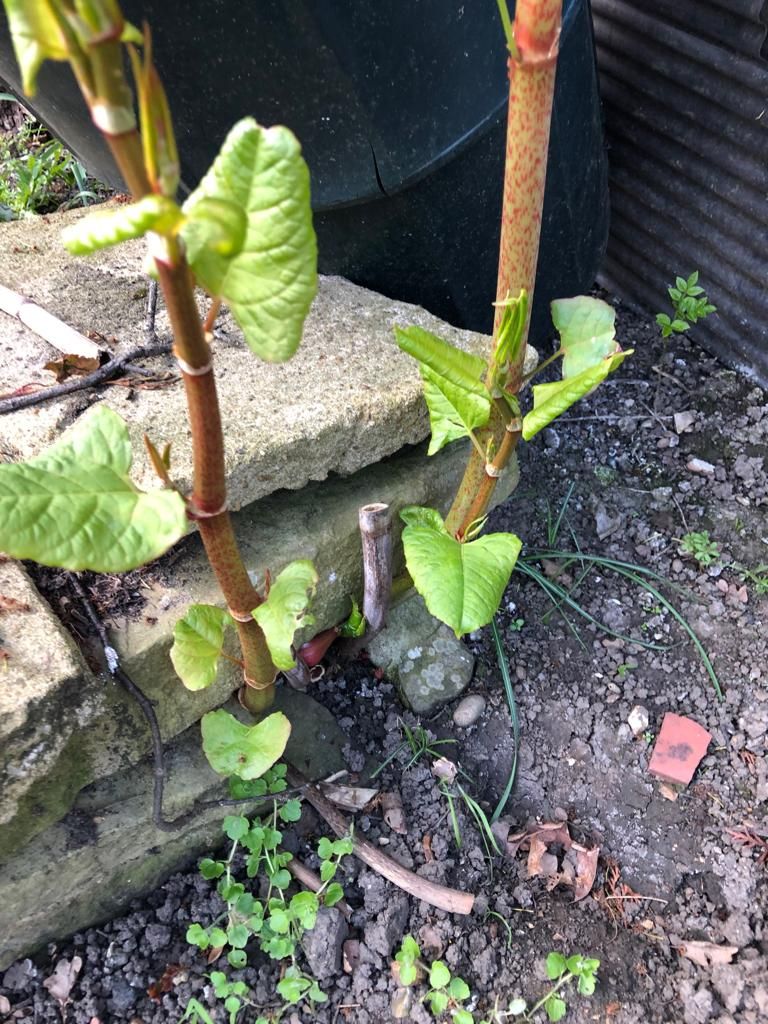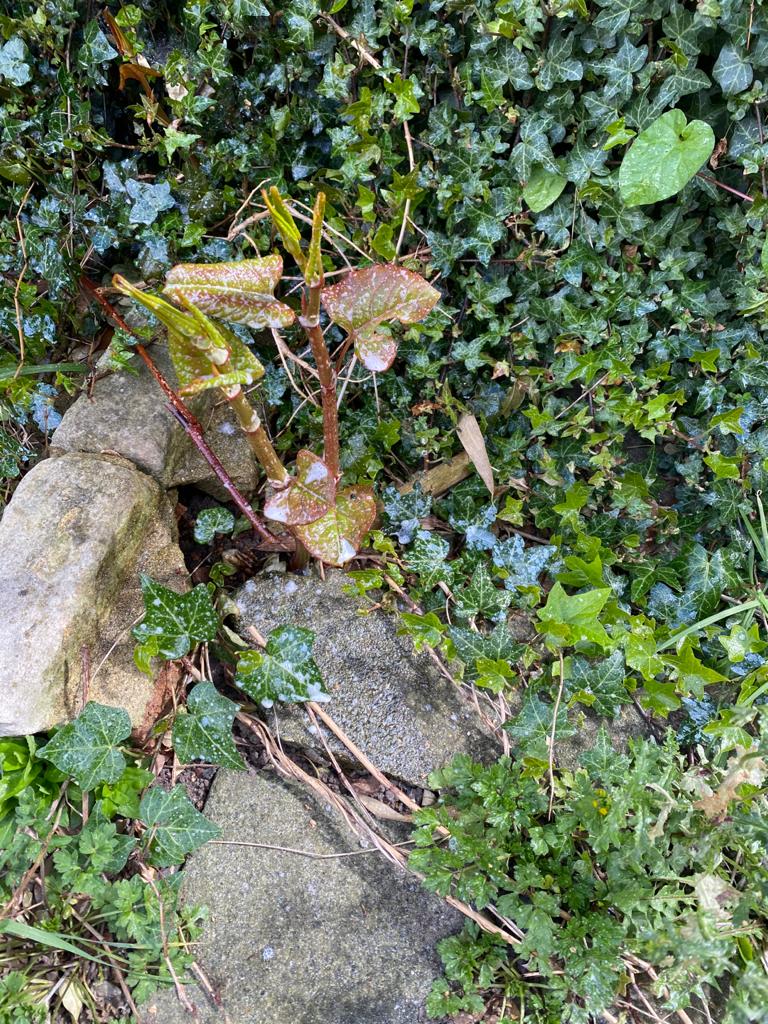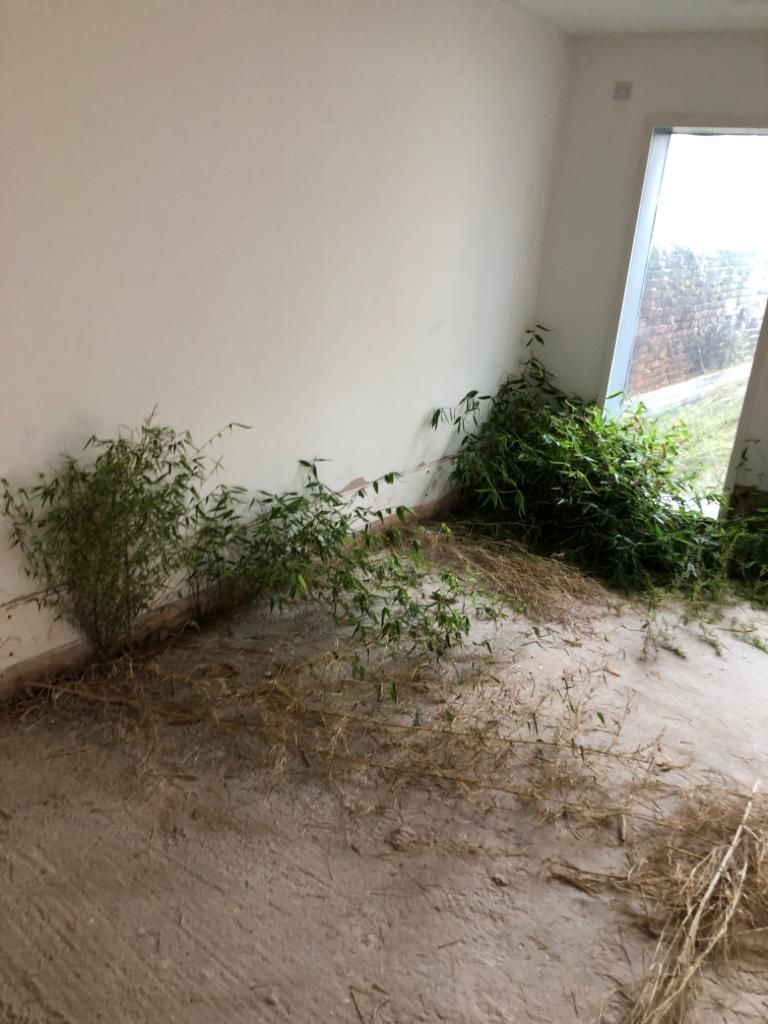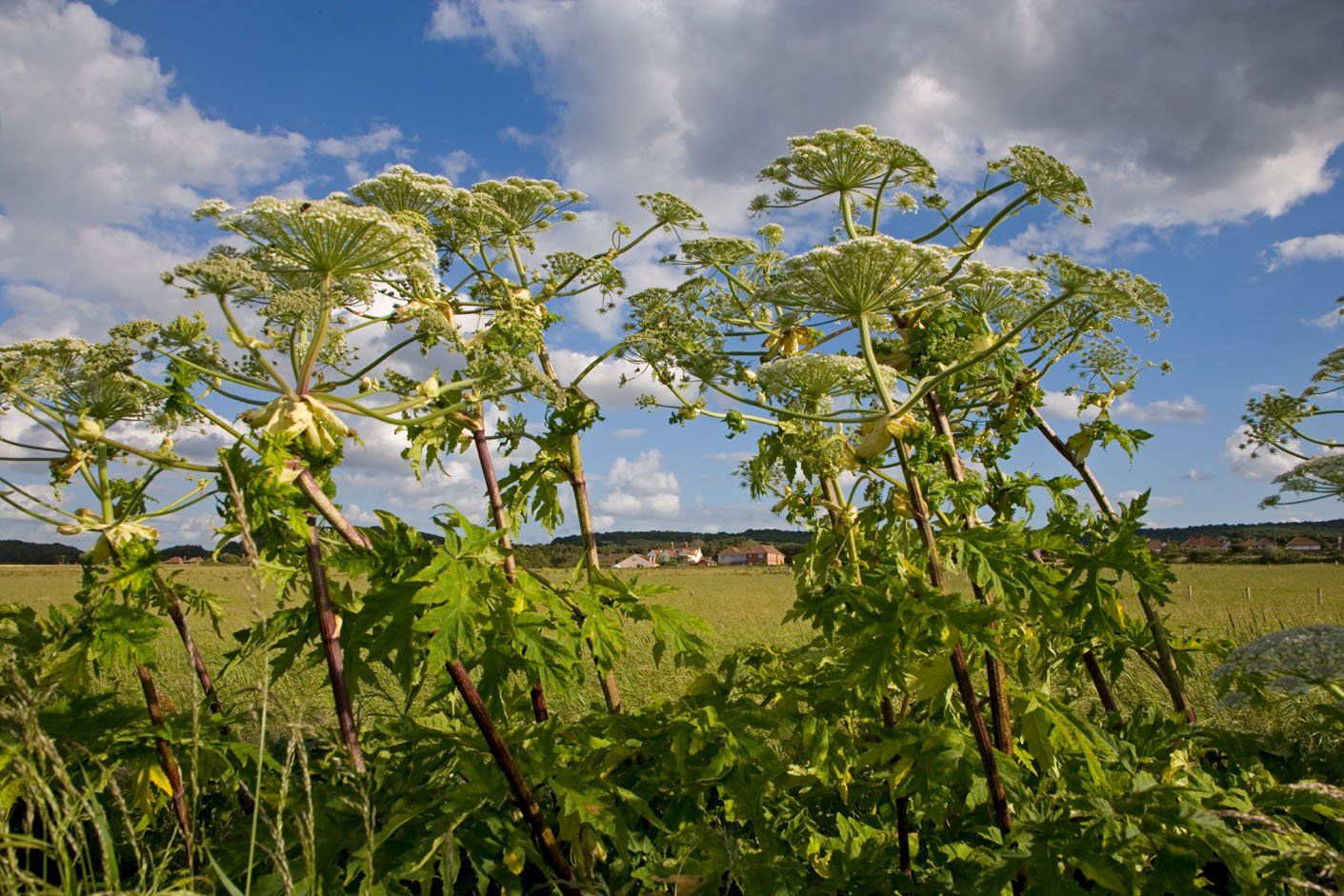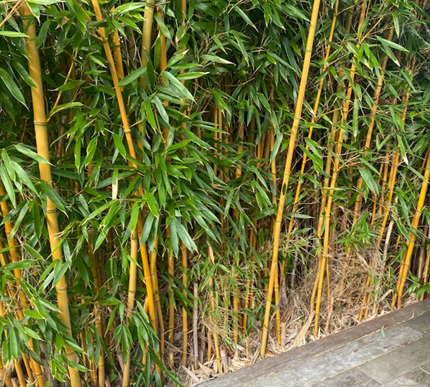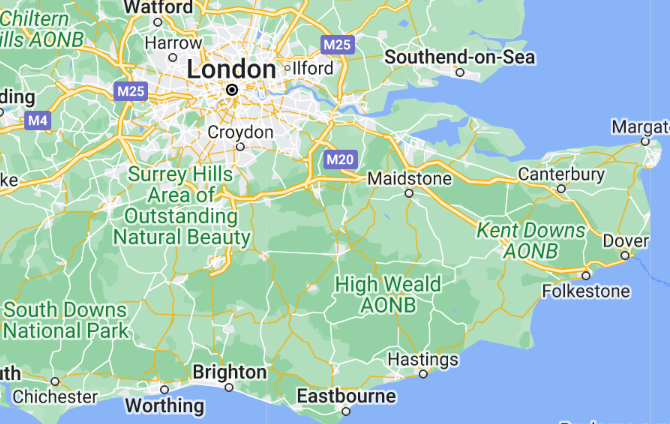Pickled, Baked or Fried: Culinary Uses of Japanese Knotweed
When most people think of Japanese Knotweed, they imagine a plant that is notorious for its invasive nature and destructive tendencies. However, what many people do not know is that Japanese knotweed is also edible, and has a variety of culinary uses. In this blog post, we will explore the culinary uses of Japanese knotweed, its nutritional benefits, and some recipes that you can try at home.
Identifying Japanese Knotweed
When identifying Japanese Knotweed you should look for its creamy-white coloured flowers that bloom in clusters between late August and mid-September. Japanese Knotweed flowers grow up to 10 cm long and 0.5cm wide alongside a dense, green leaf foliage.
Culinary Uses of Japanese Knotweed
The young shoots of Japanese knotweed are the most commonly used part of the plant for culinary purposes. They can be harvested in the early spring, before they become too woody or fibrous. The shoots have a sour, slightly tart taste, and are similar in flavour to rhubarb. They can be eaten raw, or cooked in a variety of ways, including pickling, baking, and sautéing.
Nutritional Benefits of Japanese Knotweed
In addition to its culinary uses, Japanese knotweed is also highly nutritious. It is a good source of vitamin C, vitamin A, and potassium, as well as containing a range of other essential vitamins and minerals. It is also high in resveratrol, a powerful antioxidant that has been linked to a range of health benefits, including reduced inflammation and improved cardiovascular health.
Recipes to Try at Home
Japanese Knotweed Pickles
Cut the young shoots of Japanese knotweed into bite-sized pieces and place in a jar. Add 1/2 cup of rice vinegar, 1/2 cup of water, 2 tablespoons of sugar, and 1 teaspoon of salt to the jar. Shake well to mix, then refrigerate for at least 24 hours before serving.
Japanese Knotweed Crumble
Chop the young shoots of Japanese knotweed into small pieces and place in a baking dish. Sprinkle with sugar and cinnamon, then top with a mixture of flour, oats, butter, and brown sugar. Bake in the oven at 375 degrees Fahrenheit for 30-40 minutes, or until the top is golden brown.
Japanese Knotweed Stir Fry
Cut the young shoots of Japanese knotweed into thin slices and sauté in a pan with garlic and ginger. Add sliced mushrooms, soy sauce, and a pinch of sugar, then cook until the vegetables are tender. Serve over rice or noodles.
Gaia Environmental - Japanese Knotweed Specialist
Japanese knotweed may be a destructive plant, but it is also a versatile and nutritious ingredient that can be used in a range of culinary applications. If you have Japanese knotweed growing on your property, consider harvesting the young shoots and experimenting with some of the recipes mentioned above. Not only will you be reducing its impact on the environment, but you may also discover a new favourite ingredient in the process.
Gaia Environmental are Japanese knotweed specialists that can help in identifying Japanese knotweed and offer plant removal services on a wide range of properties in the South East, both commercial and domestic. If you’re in London, Kent, Surrey and searching for a ‘Japanese knotweed specialist near me’
call today for an assessment.


